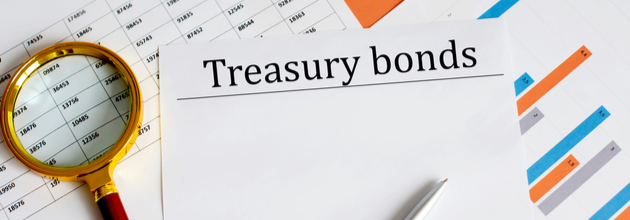
 | Read in Browser | |||||||||
 | ||||||||||
 | ||||||||||
| | ||||||||||
| ||||||||||
Bigger picture: The non-farm payrolls report from last Friday showed the U.S. adding 850K jobs in June, though it would take more than a year at that rate to restore employment to pre-pandemic trends. Millions of Americans who lost their jobs have yet to even begin looking around, or take offers, as industries hit hardest by the pandemic are on edge for workers. Restaurants, bars and hotels created 89K new openings in May before hiring 340K workers in June, but leisure and hospitality were also one of the only sectors where resignations continued to accelerate.
Economist commentary: "It seems reasonable to think that the looming September 6 expiration of enhanced benefits, and the full reopening of schools and childcare at the same time, is generating urgency among people in jobs to switch now, when employers are desperate," said Ian Shepherdson of Pantheon Macroeconomics. "The labor market could become much more crowded in the fall." (5 comments)
Delivering food is expensive, as well as a complex logistical operation. Apps usually earn money by charging restaurants a percentage of the order value and/or by leveling a service fee on consumers. To get around the costs, some companies are turning to technology like delivery robots, just as the pandemic supercharged the automation sector.
Frat party? Grubhub (GRUB), which recently merged with Just Eat Takeaway.com, plans to roll out suitcase-size rovers to 250 U.S. colleges this fall. The six-wheeled robots - built by Russian tech company Yandex (YNDX) - have the capacity to carry as much as 44 pounds, and have already been tested on the streets of Moscow and Ann Arbor, Mich. Once an order is placed, the rover picks up and delivers the food to the entered destination, where the customer unlocks its hatch through the Grubhub app.
"Robots don't need lunch breaks, there are no high turnover issues, they are easy to manage," said Artem Fokin, head of business development at the Yandex Self-Driving Group. "Customers are also excited to see them. They are a novelty."
Still hungry: The new partnership with Yandex is Grubhub's first foray into robotic food deliveries, but it has also focused on the college scene by acquiring a technology platform custom-designed for campus use. It's not the only one interested in automation. Earlier this year, DoorDash (DASH) scooped up robotics startup Chowbotics, whose signature robot called Sally can be used to craft meals ranging from poke bowls to salads.
In Europe, at midday, London -1.8%. Paris -2.1%. Frankfurt -1.6%.
Futures at 6:20, Dow -1.2%. S&P -1.2%. Nasdaq -1.3%. Crude -1% at $71.47. Gold +0.6% at $1813.50. Bitcoin -5.8% at $32603.
Ten-year Treasury Yield -7 bps to 1.25%
Visa (NYSE:V) crypto-linked card usage tops $1B in 1H21.
Apple (NASDAQ:AAPL) notches first record close since January.
Google (NASDAQ:GOOGL) sued by states over app store practices.
Engine Media (NASDAQ:GAME) soars on lawsuit against DraftKings (NASDAQ:DKNG).
CVS approached by Amazon (NASDAQ:AMZN) to win healthcare service coverage.
Crude oil spreads are tightening, causing stress for refiners.
Shell (NYSE:RDS.A) ups shareholder distributions, production outlook.
New Amazon (AMZN) CEO Jassy adds cloud vets to inner circle.
Tesla (NASDAQ:TSLA) will likely feel impact in China from DiDi crackdown.


Like Wall Street Breakfast? Try our other newsletters as well.
This email was sent to you because you signed up to receive Wall Street Breakfast.
If you do not want to receive Wall Street Breakfast emails, click here to unsubscribe.
Sent by Seeking Alpha, 52 Vanderbilt Avenue, 13th floor, New York, NY 10017



EmoticonEmoticon